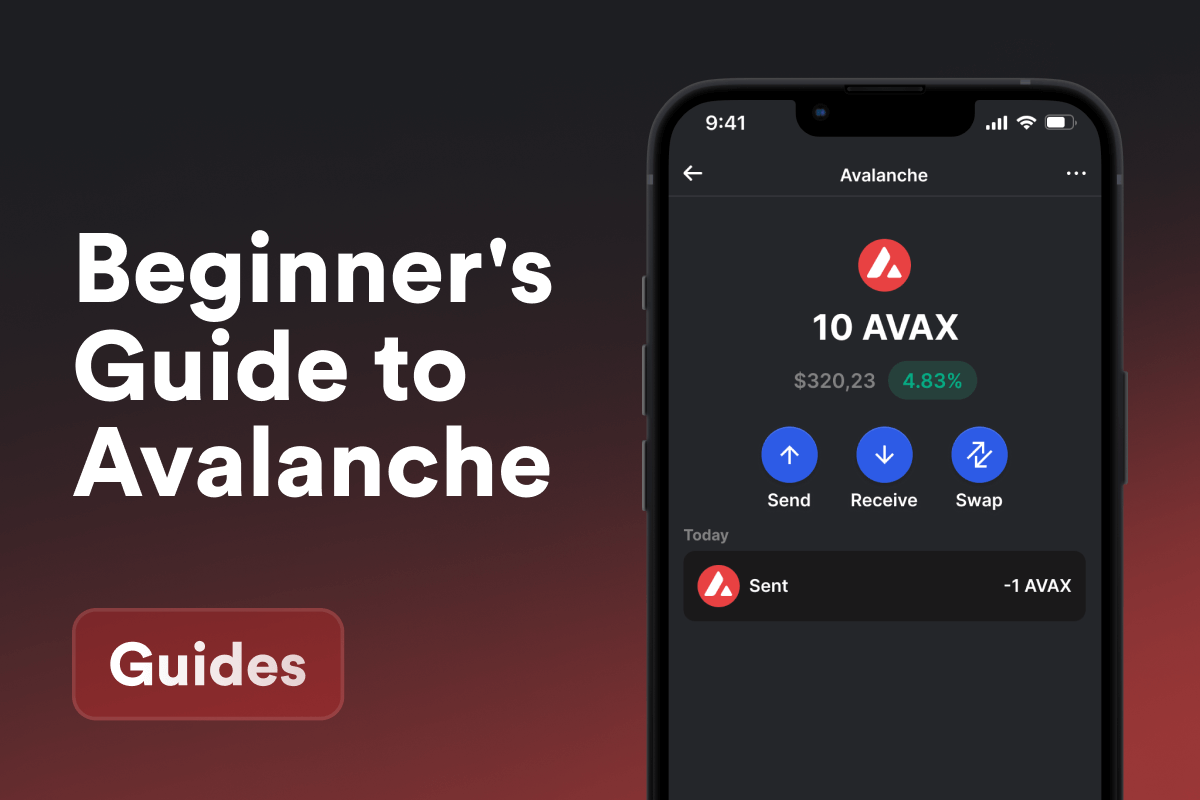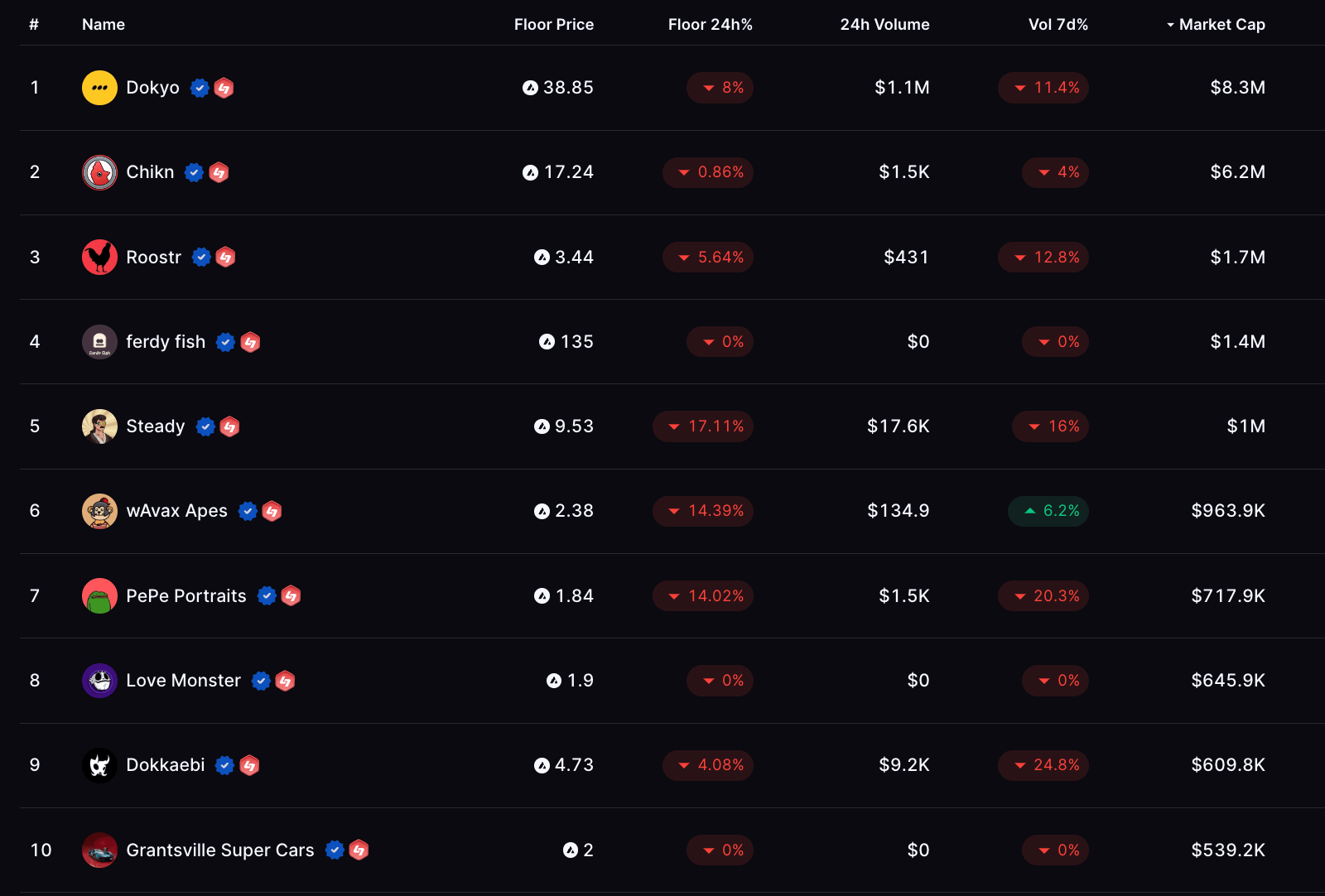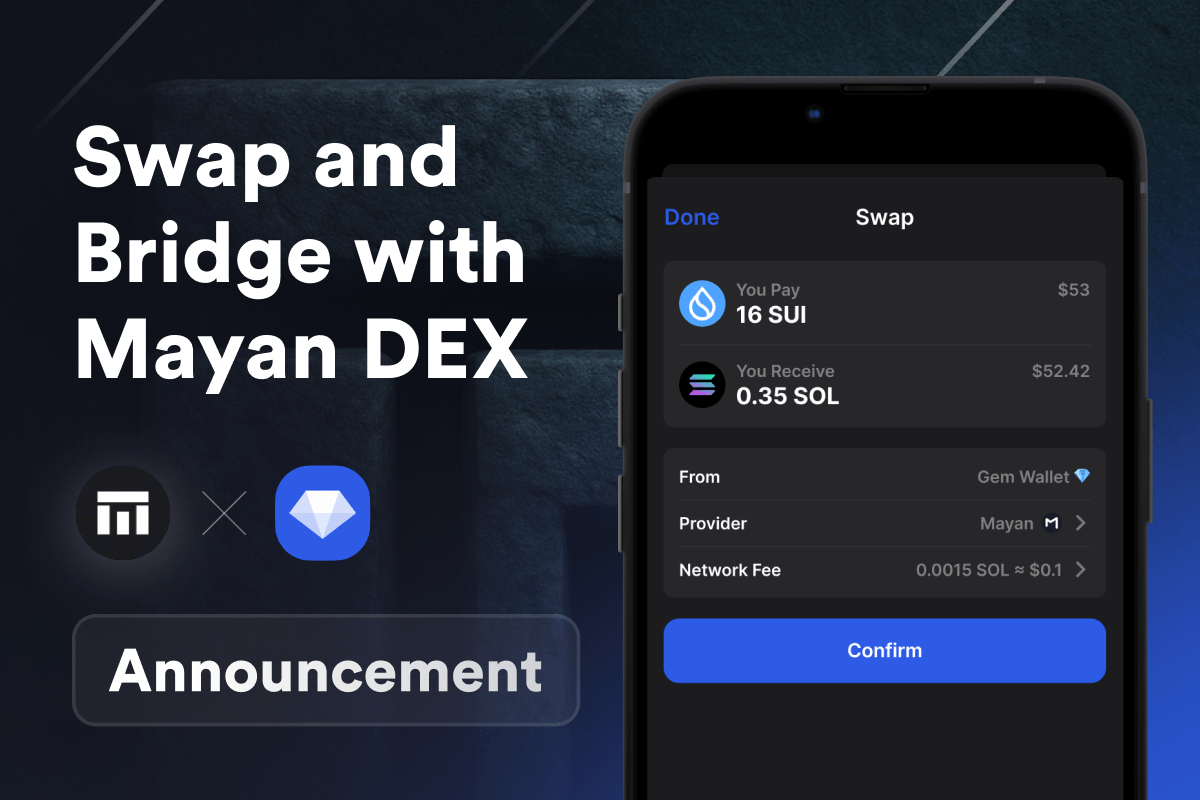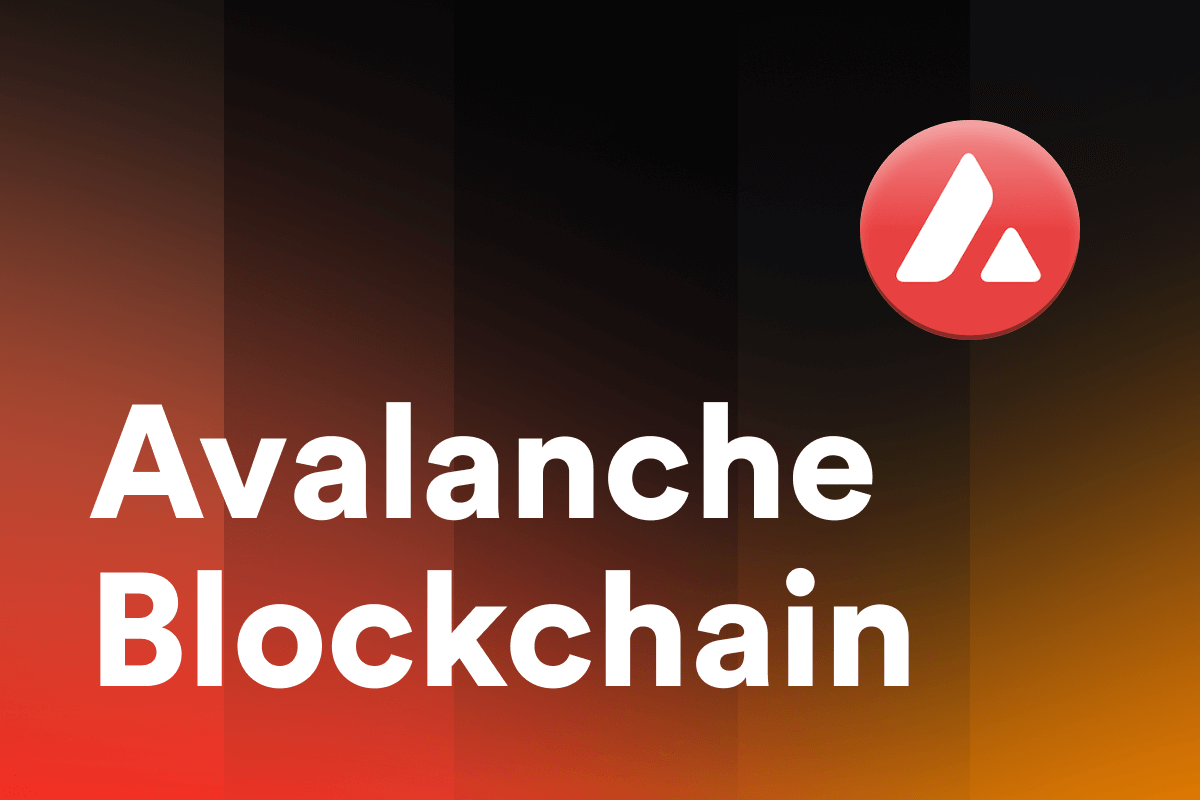
What Is Avalanche Blockchain?
Avalanche Blockchain, commonly known as Avalanche, operates as a Layer 1 (L1) blockchain. Its distinguishing feature lies in its use of the Avalanche consensus mechanism, which delivers rapid transaction finality. This makes it particularly suitable for decentralized finance (DeFi), non-fungible tokens (NFTs), and various other blockchain applications. Avalanche is renowned for its developer-friendly ecosystem, allowing for customizations and compatibility with multiple virtual machines. With its innovative consensus and scalability, Avalanche offers an enticing proposition for blockchain developers and enthusiasts.
Brief History and Development
Avalanche, launched in September 2020 by Ava Labs, has rapidly evolved into a prominent blockchain platform. Its development was spearheaded by Emin Gün Sirer, a well-known computer scientist. The platform introduced the Avalanche consensus protocol, a breakthrough in blockchain technology, offering fast and secure transactions.
Avalanche’s journey includes key milestones like its mainnet launch in September 2020, followed by the introduction of the Avalanche-X program to incentivize developers. In 2021, Avalanche gained significant attention with DeFi projects and NFT marketplaces choosing it as their preferred blockchain due to its speed and flexibility. The project continues to grow, attracting a robust developer community and expanding its ecosystem.
Differences Between Avalanche and Other Blockchains
Avalanche stands out for its high-speed transactions and scalability, leveraging a unique consensus approach to support diverse applications. Its architecture enables the creation of custom blockchains, or Subnets, enhancing flexibility and security for its ecosystem. This makes Avalanche an ideal platform for a wide range of blockchain applications, from DeFi to asset creation.
For more detailed insights into Avalanche capabilities, you can read further here: What Is The Avalanche Blockchain?
What You Need to Know About Avalanche and Its Ecosystem
Thanks to its speed, low fees, and scalability, Avalanche has found applications in various DApps, DEX platforms, and NFTs.
Avalanche Subnets
Avalanche Subnets are customizable blockchain networks within the Avalanche ecosystem, each designed for specific use cases or applications. They enable the creation of independent, interoperable blockchains, enhancing flexibility and scalability. Subnets are crucial for tailoring consensus mechanisms, token economics, and governance to meet specific project requirements. They empower developers to build decentralized applications, digital assets, and innovative solutions tailored to their unique needs, making Avalanche a versatile and adaptable blockchain platform.
Trader Joe: The Leading Dex on Avalanche
Trader Joe is a comprehensive DeFi platform on the Avalanche network, offering a decentralized exchange (DEX) alongside lending and borrowing services. It quickly gained traction for its innovative features, user-friendly interface, and integration of yield farming opportunities. Since its launch in 2021, Trader Joe has become one of the leading DEXes on Avalanche, showcasing significant liquidity and volume. With a reported trading volume of approximately $9.83 million + per day.
 Popular trading pairs on Trader Joe. Source: Trader Joe
Popular trading pairs on Trader Joe. Source: Trader Joe
Hyperspace: The NFT Haven for Avalanche Enthusiasts
If you’re passionate about NFTs within the Avalanche blockchain, Hyperspace is the go-to destination for you. This platform is tailor-made for NFT enthusiasts, offering a seamless environment for NFT creation, buying, and trading. With Avalanche’s lightning-fast transaction speeds and minimal fees, Hyperspace ensures a cost-effective and efficient experience for artists and collectors alike. Its user-friendly interface and innovative features cater to a wide range of NFT projects, making it the ideal choice for those looking to explore the limitless possibilities of Avalanche’s NFT ecosystem.
 Top NFT collections. Source: Hyperspace.xyz
Top NFT collections. Source: Hyperspace.xyz
Getting Started With Avalanche Blockchain
Starting your journey with Avalanche is very easy. The developers have created a special section, the academy, which will help you understand all the intricacies and features of the blockchain. But for now, let’s take a look at the first steps into the world of Avalanche blockchain.
Setting Up an Avalanche Wallet
Your first step will be to install the right wallet that will not only allow you to store AVAX tokens but also support the functionality provided by the Avalanche blockchain. Gem Wallet is a self-custodial open-source mobile wallet with full Avalanche blockchain support. It’s an excellent choice in terms of security, privacy, and functionality.
Acquiring AVAX Tokens
Now, you’ll need AVAX tokens in your wallet. You can withdraw them from an exchange, ask friends for some, or even win them in various contests. Additionally, you can purchase them directly within the Gem Wallet app using a credit card – this method is simple and fast, and most importantly, it minimizes the risk of errors in the wallet address, which often leads to the complete loss of transferred funds.
Staking AVAX
Once you have AVAX tokens in your account, the logical next step would be to stake a portion of your tokens if you plan to hold them for an extended period. This makes sense not only from the perspective of earning passive income while your tokens are staked but also in terms of supporting the security and decentralization of the entire Avalanche blockchain. In addition, it’s a straightforward and quick process – just a few clicks in the app, and your tokens are already staked, increasing your crypto capital.

